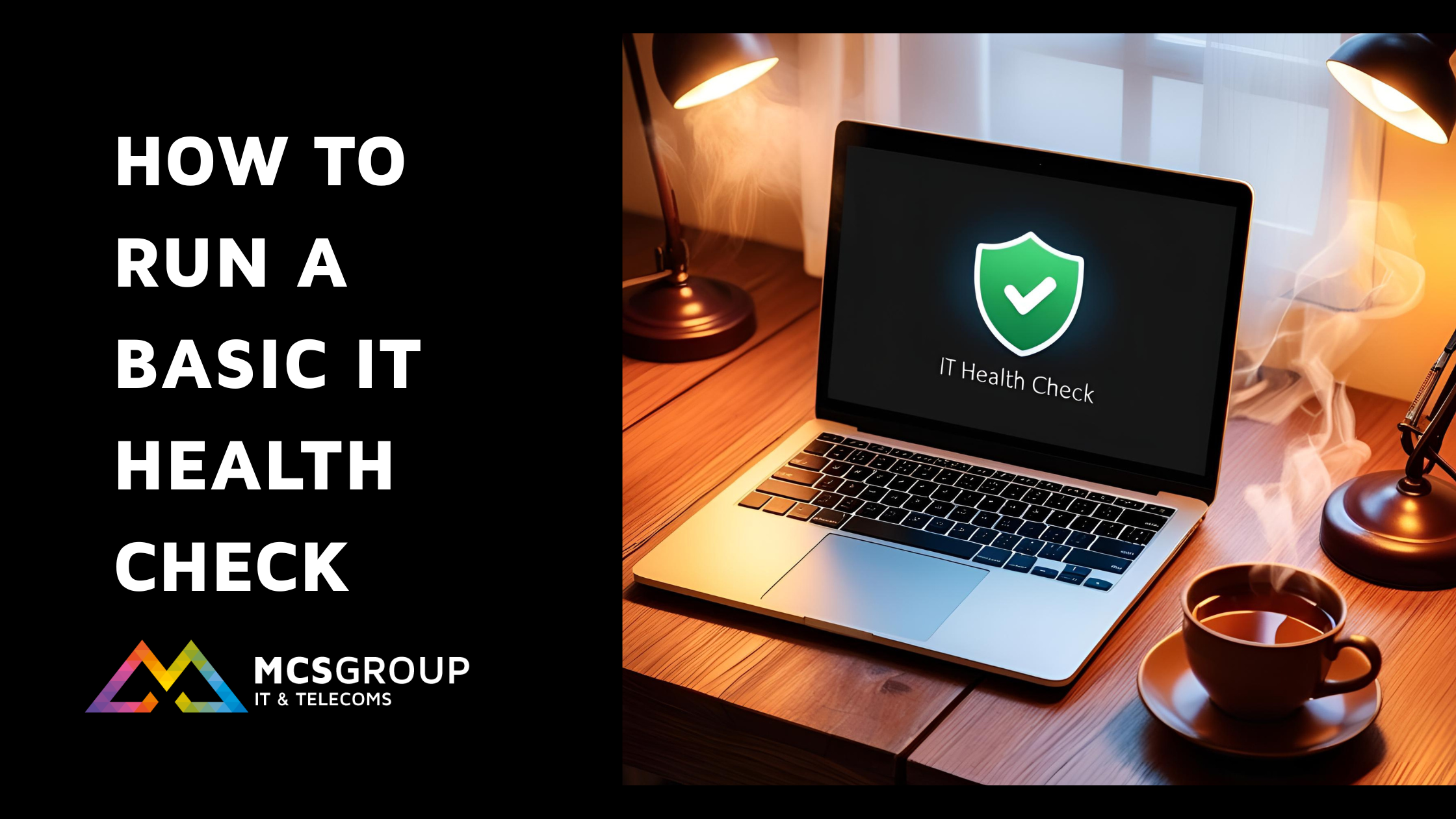
Five questions to assess your recovery readiness.
Is your disaster recovery plan actually ready? Here's 5 questions to ask yourself.
When a tech outage occurs, the immediate focus is on restoring systems.
Access is lost, teams are disrupted, and customer-facing services are affected.
Eventually, systems are brought back online. The immediate crisis seems over.
But this moment often creates a false sense of resolution. In many cases, that’s when the real disruption begins: teams need to catch up, lost work must be redone, clients require updates, and internal alignment takes time.
This is the phase where most businesses lose time, money, and momentum - not during the outage itself, but in the hours or days that follow.
Most businesses focus their disaster recovery plans on getting systems up and running. That’s important, of course. But it’s not enough.
If you want to bounce back faster, and stronger, ask yourself these five critical questions:
1. Is your recovery plan built around people, or just systems?
It’s one thing to get your tech stack running again. It’s another to get your business functioning like normal.
A complete recovery plan should include:
-
Clear roles across all departments (not just IT)
-
A chain of command for decision-making in a crisis
-
Defined workflows to get sales, customer service, finance, and HR moving again
-
Internal and external comms templates to speed up response
Why it matters: If your plan is only stored in IT’s inbox, it’s probably not helping your frontline staff respond effectively when it counts.
2. Do your teams know what to do right now if systems go down?
A fancy recovery document doesn’t help if no one knows it exists.
Ask yourself:
-
Does each department know their first three actions in an outage?
-
Are team leads trained in incident response?
-
Is there a go-to person for questions when leadership isn’t available?
-
Has the plan been socialised beyond IT?
Why it matters: Panic, confusion, and "what do we do now?" shouldn’t be part of your recovery process.
3. Are your communication plans crisis-ready and tested?
Most businesses fall apart in an outage not because of the technology failure - but because no one knows what’s going on.
Your communication plan needs to answer:
-
How do you reach staff if Teams or Slack is down?
-
Who sends updates to clients? With what message?
-
Is there a backup if the internet goes out?
-
Is there a central source of truth during incidents?
Why it matters: In a crisis, people don’t just need instructions - they need calm, consistent, and clear updates.
4. When was the last time you tested your recovery plan?
If you haven’t pressure-tested your plan in the last year, it’s probably out of date.
Smart teams run simulated downtime drills to:
-
See how people behave under pressure
-
Identify comms bottlenecks
-
Uncover dependencies between teams
-
Improve muscle memory for future incidents
Include scenarios involving third-party tools too - because it’s not just your systems that can go down.
Why it matters: The middle of an incident is the worst time to discover that your recovery plan doesn’t work.
5. Are you getting better, or just repeating the same mistakes?
Every incident is a chance to strengthen your recovery approach.
Ask:
-
Are post-incident reviews happening (and honest)?
-
Do changes actually get made based on what’s learned?
-
Are teams updated when the recovery plan changes?
-
Is improvement tracked over time?
Why it matters: Resilience isn’t just about bouncing back. It’s about bouncing back stronger each time.
Ready to put your plan to the test?
If these questions made you pause - good. That means you’re thinking like a resilient organisation.
Want to take it a step further?
Download our free [Disaster Recovery Simulation Checklist] - a no-fuss guide to running a recovery test without disrupting your daily operations.
Or, get in touch with our team by filling out this form:


